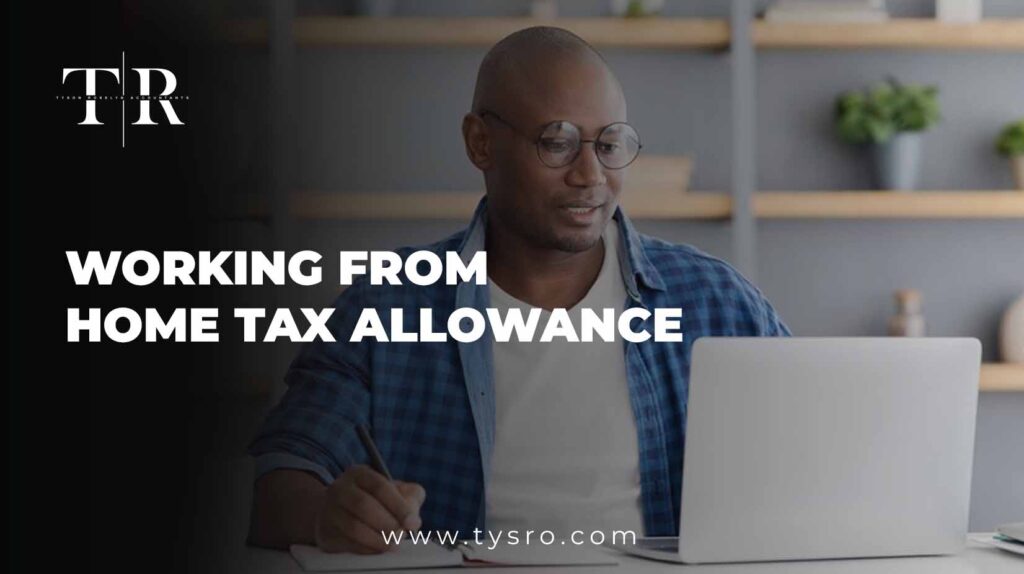Introduction
More people than ever are working remotely, and with that shift has come a growing interest in how to manage the costs of home working. One area many UK employees and self-employed professionals overlook is the Working From Home Tax Allowance.
This tax relief, supported by HMRC, allows eligible individuals to claim for extra household expenses incurred due to remote work. Whether you’re a full-time employee required to work from home, or a freelancer operating from a spare room, understanding the Home Tax Allowance can help you keep more of your income.
What is the Working From Home Tax Allowance?
The Working From Home Tax Allowance is a form of income tax relief provided to people who work from home and incur additional household costs. These could include higher electricity bills, internet usage, heating, or even minor maintenance and repair expenses directly related to your work area.
If your employer requires you to work from home — whether full-time or part-time — you may be entitled to this allowance. And in some cases, even freelancers or self-employed individuals can claim relevant expenses through their self-assessment returns.
This allowance was widely publicized during the COVID-19 pandemic, but many professionals are still eligible for it today.
Who is Eligible?
Eligibility depends on your work situation and whether you’re incurring extra costs as a result of working from home.
You may be eligible for the Working From Home Tax Allowance if:
- You have to work from home because your employer does not provide office space.
- You’re self-employed and use part of your home as your main workspace.
- You incur extra utility bills or other work-related household costs.
- You are not fully reimbursed by your employer for these expenses.
However, if you choose to work from home voluntarily and you could have worked from your employer’s premises you typically won’t qualify for this allowance.
You can read the full HMRC eligibility criteria here.
What Can You Claim?
There are two primary ways to claim the Working From Home Tax Allowance: the flat rate method and the actual expenses method.
1. Flat Rate Method
This is the easiest option. HMRC allows you to claim £6 per week, which totals £312 per year, without needing to provide any receipts or evidence. This claim adjusts your tax code, meaning you’ll pay less tax each month.
This method is ideal for employees with modest additional costs who want a simple, no-fuss solution.
2. Actual Expenses Method
If your home working expenses are higher, you can choose to calculate and claim the actual costs. This includes a portion of:
- Electricity
- Heating
- Broadband or internet
- Cleaning services (for a dedicated work area)
- Business phone calls
- Maintenance costs related to your work area
To do this, you’ll need to keep detailed records of your household bills and work out the proportion used for work purposes. For example, if you use one room in a five-room house for work, and you work there 40 hours per week, you would apportion the costs accordingly.
More about claiming actual expenses is available on HMRC’s guidance page.
How to Claim the Working From Home Tax Allowance
For Employees (PAYE)
If you’re an employee and your employer doesn’t reimburse your home working expenses, you can claim the Working From Home Tax Allowance directly through HMRC.
Follow these steps:
- Go to the HMRC working from home claim page.
- Sign in using your Government Gateway account.
- Choose the appropriate tax year.
- Select whether you want to claim the flat rate or actual expenses.
- Submit the claim and wait for your tax code to be adjusted.
Once submitted, HMRC will process your claim, and you’ll see the benefit reflected in your payslips through a reduced income tax bill.
For Self-Employed Individuals
Self-employed workers need to include their home working expenses when filling out their Self Assessment tax return. You can either use simplified expenses (flat rate based on hours worked) or calculate and deduct a proportion of your actual home running costs.
The simplified flat rate for the self-employed ranges from £10 to £26 per month, depending on how many hours you work from home.
This method is straightforward, but it’s essential to keep accurate records of your hours and expenses if you want to justify higher claims.
An Everyday Example
Let’s say Jane, a digital marketing consultant, has been working from home since 2021. She works roughly 35 hours per week in a designated home office and uses extra heating, internet, and lighting during her work hours. At first, she claimed the flat rate of £6/week. But after talking to an accountant, she calculated her actual costs and discovered she could reasonably claim over £400 per year.
By using the actual expenses method and submitting her receipts, she was able to reduce her tax bill and increase her take-home income. For someone self-employed, this could be the difference between struggling with bills and having a bit of financial breathing room.
Can You Backdate Claims?
Yes. HMRC allows claims to be backdated for up to four years. That means if you’ve been eligible since, say, 2020 but didn’t make a claim, you can still apply and receive a rebate for previous tax years.
To backdate your claim, use HMRC’s form P87 for each applicable year. Alternatively, if you complete a Self Assessment tax return, simply update previous years’ returns with the appropriate figures.
HMRC Guidelines: What You Should Know
It’s important to understand that HMRC has clear boundaries around the Working From Home Tax Allowance:
- You must be required to work from home — not just doing so out of convenience.
- You cannot claim for rent or mortgage payments.
- You should not claim if your employer reimburses your working-from-home expenses.
- If you’re claiming actual expenses, HMRC may request evidence.
Keeping clear and consistent records will help you avoid complications or rejected claims. And if you’re unsure, consider consulting a professional accountant.
FAQs
What is the Working From Home Tax Allowance?
Tax relief from HMRC to cover extra home costs if your job requires you to work from home and your employer doesn’t reimburse those costs.
How much can I claim?
You can claim £6/week tax-free without receipts, or more if you calculate actual home expenses and keep records to support your claim.
Can I claim if I choose to work from home?
No, you must be required to work from home by your employer. Voluntary homeworking doesn’t qualify for the tax allowance.
4. Can self-employed people claim this allowance?
Yes, they can claim a portion of home running costs like energy and internet as business expenses via Self Assessment.
Can I backdate my claim?
Yes, you can backdate your Working From Home Tax Allowance claim for up to 4 tax years if you met the eligibility criteria during those times.
Final Thoughts
The Working From Home Tax Allowance is a valuable, yet often underutilised, benefit for UK workers. If you’ve been working remotely and haven’t claimed yet, you could be leaving money on the table.
Whether you take the simple flat rate or decide to claim your actual costs, the key is to be informed and proactive. As working from home becomes a long-term reality for many, these small tax reliefs can add up significantly over time.
If you’re unsure how to proceed or want to maximise your claim, get in touch with an accountant who understands HMRC’s latest rules. Firms like Tysro.com specialise in helping professionals navigate these claims with ease and confidence.


